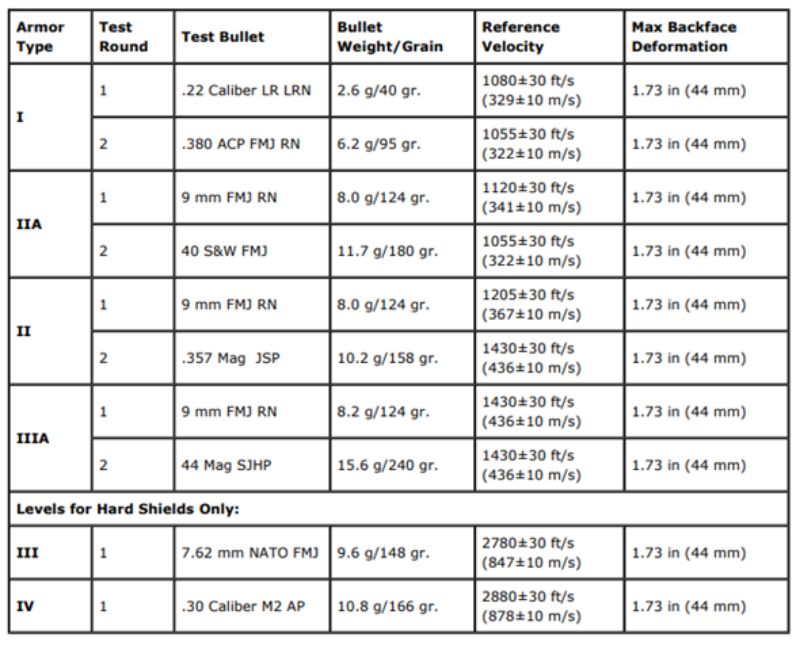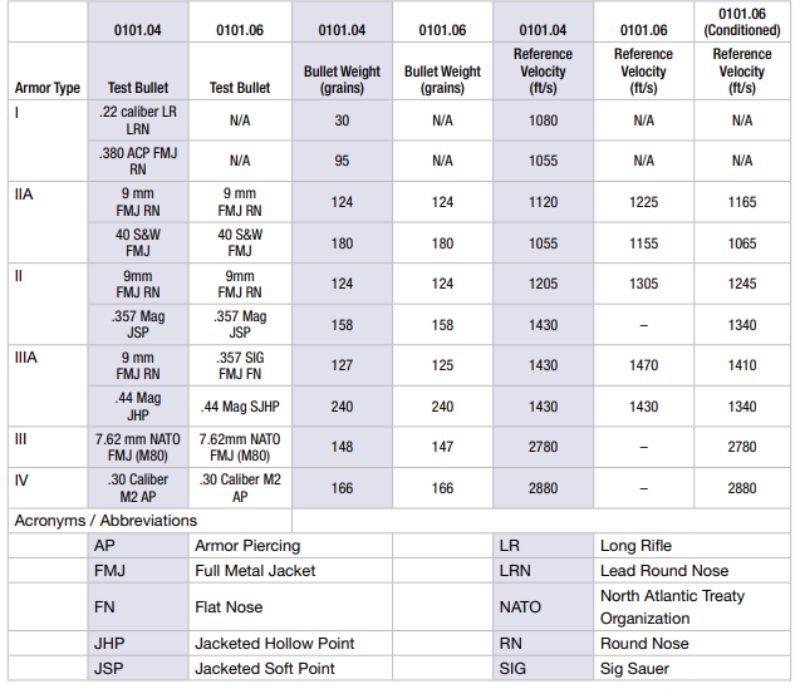Threat Level: Determine the potential threats you may encounter based on your profession or the environment you’ll be in. Body armor levels are categorized according to the National Institute of Justice (NIJ) standards, which classify different levels of ballistic protection against various handguns, rifles, and other weapons.
Ballistic Protection: Look for body armor that provides adequate protection against the specific threats you may face. Consider the speed and caliber of bullets commonly used in your area or profession. The higher the body armor level (e.g., Level II, IIIA, III, or IV), the greater the protection it offers against more powerful ammunition.
Comfort and Mobility: Consider the comfort and mobility aspects of the body armor. Ensure that the chosen level of protection fits your body well, allowing flexibility and ease of movement. This is crucial, especially for individuals who need to be agile in their work, such as law enforcement officers or military personnel.
Weight and Bulkiness: Evaluate the weight and bulkiness of the body armor. Higher protection levels often result in heavier and bulkier vests. Balance your need for maximum protection with the ability to comfortably wear and move in the armor for extended periods.
Level of Concealment: If you need to conceal your body armor for undercover or covert operations, consider a lower level of protection that can be easily concealed under clothing. Level IIIA vests offer more discreet options compared to higher levels of armor.
Budget: Determine your budget for purchasing body armor. Higher levels of protection generally come at a higher cost. However, compromising on protection for cost reasons is not advisable. It is best to prioritize the appropriate level of protection needed for your specific situation.
Certification and Quality: Ensure that the chosen body armor meets relevant standards, such as those set by the NIJ. Look for reputable manufacturers or suppliers who provide certified and quality-tested body armor.
Two criteria are attached below for reference:
NIJ Standad-0101.Ballistic Resistance of Personal Body Armor (June 2001)
NIJ Standard 0101.04 is a standard for Ballistic Resistance of Police Body Armor developedby the law enforcement standards laboratory of the National Institute of Justice (NI)), US Department ofJustice, Washington DC.
NIJ Standard-0101.06 Ballistic Resistance of Personal Body Armor (July 2007)
NIJ Standard-0101.06 establishes minimum performance requirements and test methods for the ballistic resistance of personal body armor intended to protect against gunfire.
Post time: Nov-04-2023


